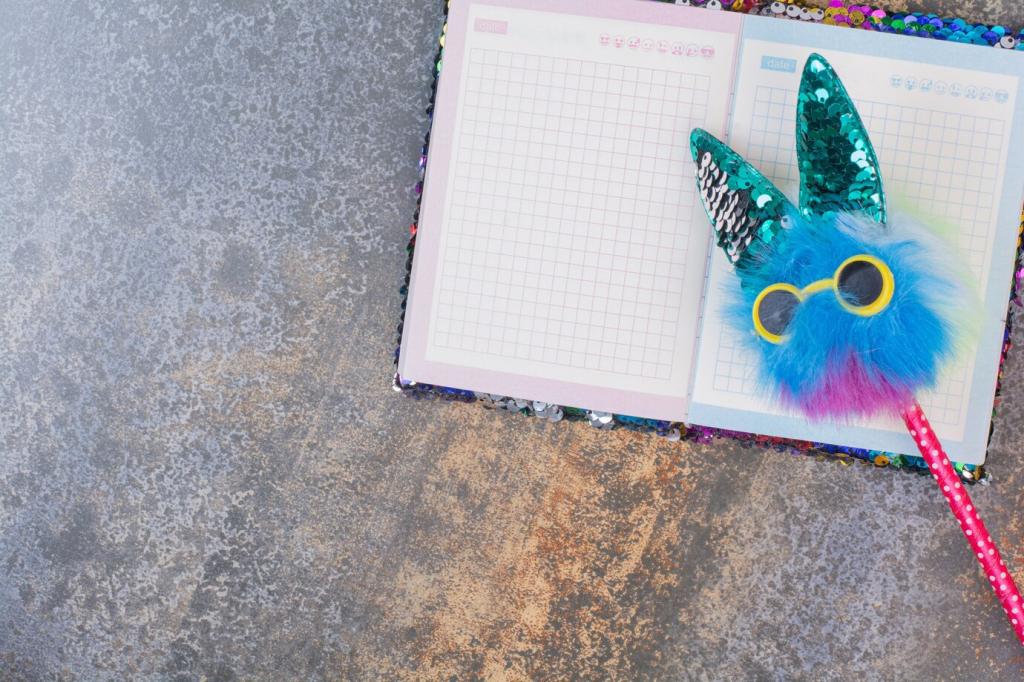Play-Based Learning Approaches for Kids: Growing Curiosity Through Joy
Selected theme: Play-Based Learning Approaches for Kids. Welcome to a home page where curiosity leads the way, tiny hands become brilliant thinkers, and play fuels real learning. Explore ideas, stories, and strategies, then subscribe and share your favorite play victories with our community.
Research suggests guided play strengthens executive functions, from working memory to cognitive flexibility. When kids follow interests and experiment, neurons fire in meaningful patterns, building durable understanding. Comment with a moment when your child learned something big through a small playful discovery.

Designing Spaces That Invite Play
Create simple zones—building, pretend, art, and quiet exploration—using baskets and floor markers. Fewer items, well displayed, spark deeper play. What zone does your child gravitate toward after school? Share your layout and tag an idea you want to try next.

Cognitive Growth Through Play
Role-play stretches vocabulary, narrative skills, and perspective-taking. Doctors, astronauts, and shopkeepers negotiate rules, assign roles, and solve problems. Encourage richer dialogue with prompts like, “What happens next?” Share a hilarious pretend-world quote from your child to inspire others.
Cognitive Growth Through Play
From block towers to snack-time sorting, children compare sizes, count quantities, and explore patterns. Ask, “How many more blocks do we need?” or “What shape fits here?” Comment with a quick math invitation you tried today, and subscribe for weekly prompts.
Social-Emotional Learning in Play
Turn-taking games teach patience and impulse control. When excitement spikes, model deep breaths and name feelings: “You’re eager; let’s plan the next move.” Tell us a phrase that helps your child recover from frustration, so others can borrow it compassionately.
Play Ideas by Age and Stage
Offer scoops, funnels, and safe sensory bins with rice or water; add language like “pour,” “full,” and “empty.” Keep choices limited to prevent overwhelm. Share your toddler’s favorite sensory surprise, and follow for a fresh low-mess bin every Friday.

Observing and Documenting Learning

Watch, Listen, Name
Notice strategies: counting under breath, comparing weights, inviting a friend. Describe what you see rather than evaluate. Try, “I noticed you tried three supports.” Post a sentence you used today that validated effort and sparked the next experiment.

Photos, Quotes, and Portfolios
Collect snapshots, child quotes, and sketches in a simple portfolio. Over time, growth becomes wonderfully visible. Invite your child to curate favorites. Share one favorite quote that captures your child’s thinking, and we’ll compile a community inspiration reel.

Assess Through Playful Indicators
Track engagement length, problem-solving attempts, collaboration moments, and vocabulary growth. Use these indicators to plan new invitations. Comment with a goal you’re tracking this month, and subscribe for a printable checklist to guide your observations.


Inclusive and Accessible Play
Offer multiple ways to engage, represent ideas, and act—visual supports, adaptive tools, and sensory choices. Rotate roles so every child leads. Share an adaptation that worked wonderfully in your space, and subscribe for inclusive play checklists.
Inclusive and Accessible Play
Invite family stories, multilingual labels, and props that reflect community cultures. Representation deepens belonging and perspective-taking. Tell us a cultural story that sparked play in your home, and we’ll spotlight it to inspire respectful, joyful exchanges.
